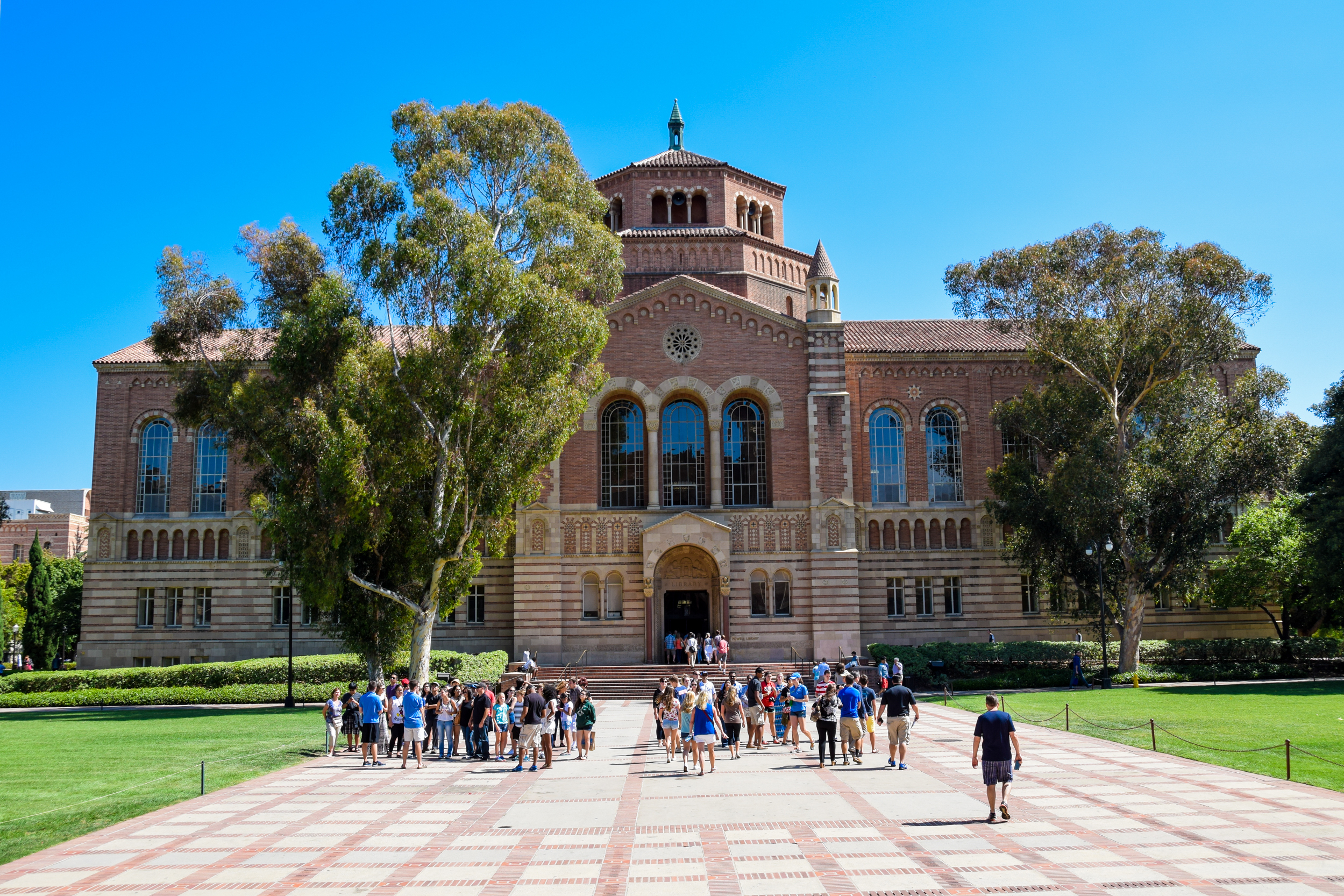October 19, 2022

Heading off to college? Now is the time to shop for the best private student loan for you. Colleges and universities will begin sending out billing statements before the semester begins. Once you find out how much financial aid eligibility you received, you can calculate how much of a loan you will need to apply for to cover the difference.
Typically, students should apply for a private student loan no later than one month before the funds are due. Conditional approval can come quickly but it is not the final approval. Your school must certify your loan, which may add more time to your application process. In some instances, it can take a school more than thirty days to process and certify a loan, so plan accordingly.
Interest Rate
The most recognizable aspect of a private student loan is the rate. Ideally, borrowers want the lowest rate available as this is an indicator of the repayment cost. The interest rate assigned to an application will typically be based on a credit check. The stronger the applicant’s credit, the more likely a lower rate can be issued.
Private student loans can have fixed or variable rates. A variable rate means your interest rate could go up or down based on the variable index assigned to your loan. If you don’t want to worry about your interest rate fluctuating throughout the life of the loan, selecting a fixed rate could be for you.
Private Student Loan Payments While in School
Some lenders allow borrowers to defer their private student loan payments while in school, whiles others may require a minimum payment to be made each month. Although deferring payments while in school offers some short-term financial relief for the borrower, loan interest will still accrue during that period, making it more expensive to repay. Making payments on a private student loan while in school is a smart way to help eliminate debt as quickly as possible and helps to build a better credit profile for the borrower by demonstrating good repayment habits over time.
Repayment Benefits
You can also look for ways to reduce the cost of repaying a private student loan with interest rate reductions. Most lenders offer an interest rate reduction for setting up a bank account to make automatic payments. It is wise to check out the interest rate reduction benefits and requirements for a lender before applying.
Cosigner Release
If someone cosigns a private student loan, there may or may not be options for the cosigner to be released. This can be challenging for cosigners as they may like to be removed from the loan at a future date. You should confirm if the lender provides a cosigner release option, and if so, how long it takes and what is required to earn this benefit.
Repayment Term
Repayment term refers to the number of years scheduled to repay the loan. The repayment terms on private student loans can vary from 5 to 15 years depending on the lender. The rule of thumb on loan terms is the longer the term, the lower the monthly payment. However, the longer it takes to pay off a loan, the more interest will accrue on the account.
Please note that the information provided on this website is provided on a general basis and may not apply to your own specific individual needs, goals, financial position, experience, etc. LendKey does not guarantee that the information provided on any third-party website that LendKey offers a hyperlink to is up-to-date and accurate at the time you access it, and LendKey does not guarantee that information provided on such external websites (and this website) is best-suited for your particular circumstances. Therefore, you may want to consult with an expert (financial adviser, school financial aid office, etc.) before making financial decisions that may be discussed on this website.




